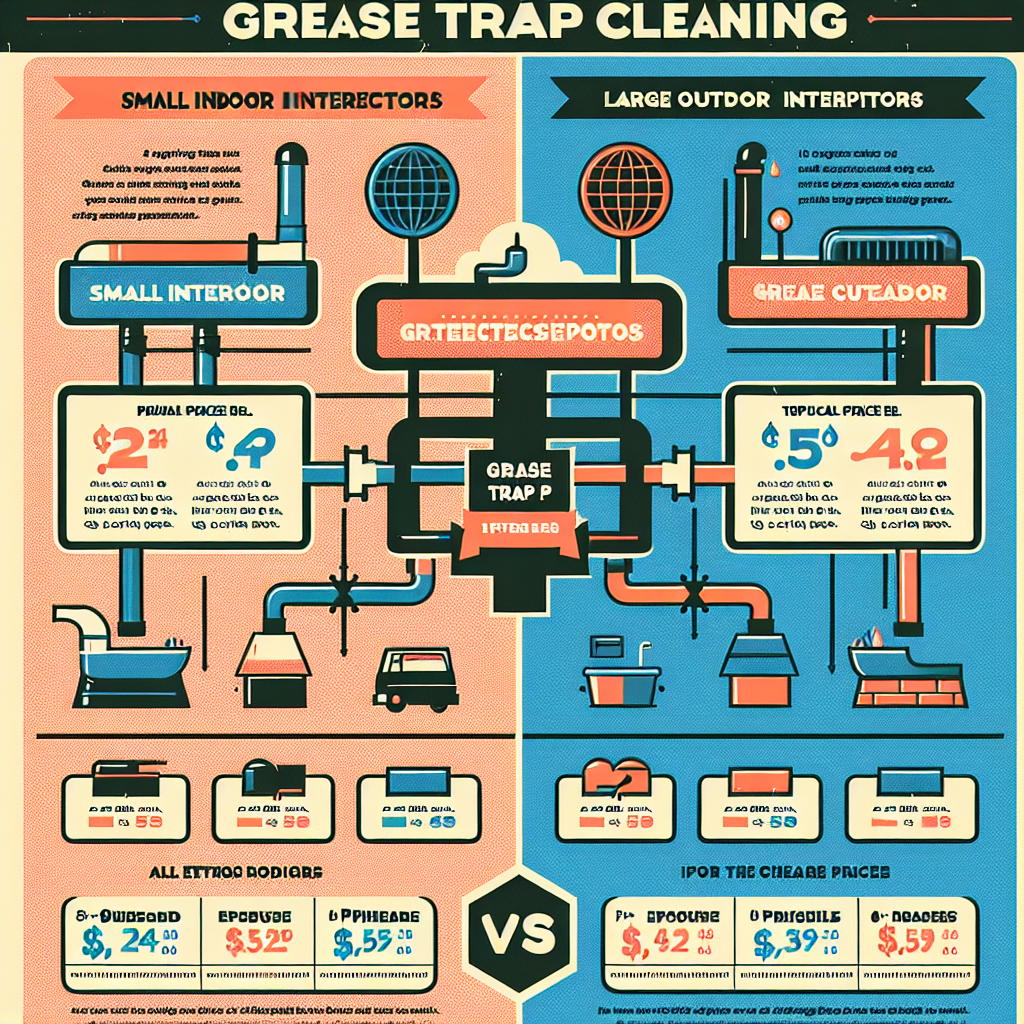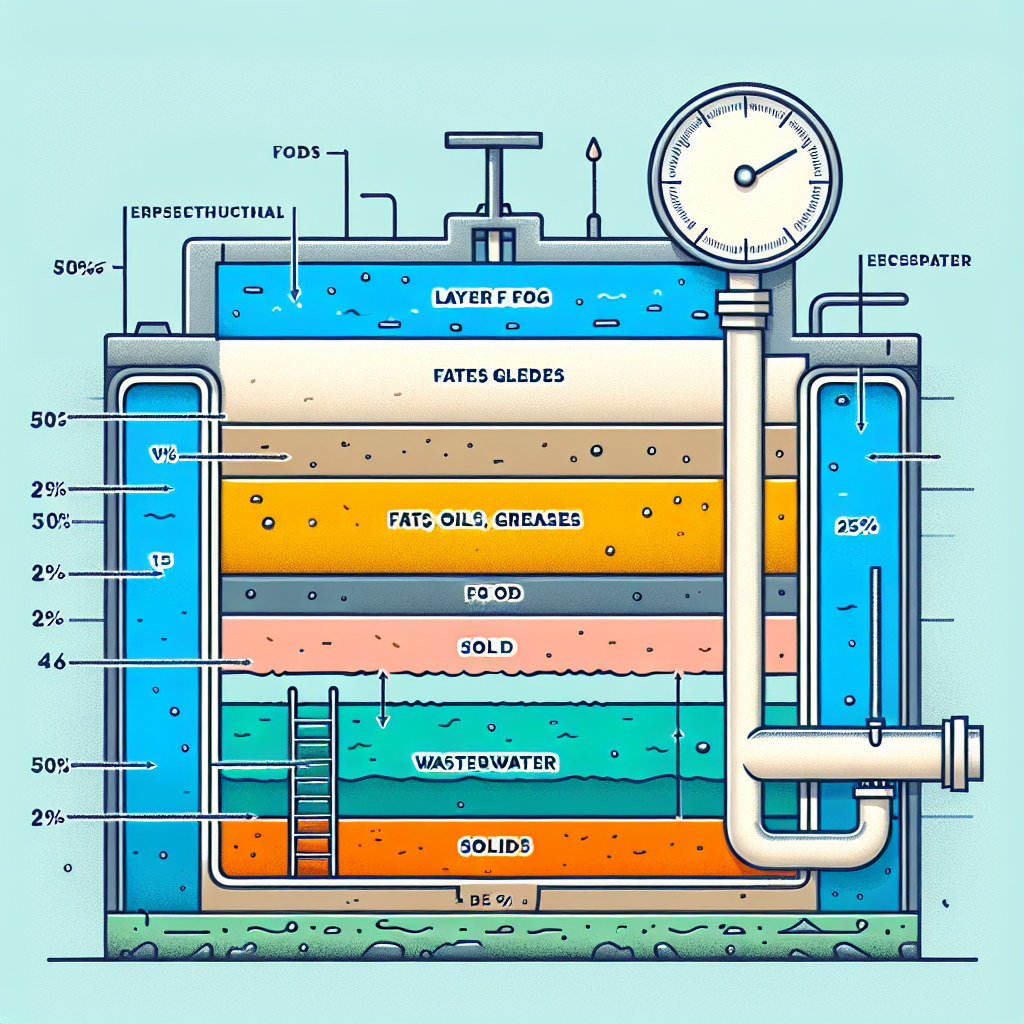Grease Trap Best Practices: Restaurant Owner's Guide
Complete guide to grease trap best practices: restaurant owner's guide for South Florida restaurants.
We Handle Everything For You
We handle all the sourcing, negotiations, and logistics to find you the best grease trap service provider at the cheapest cost in your area.
Grease Trap Best Practices: Restaurant Owner's Guide
Grease Trap Best Practices: Restaurant Owner's Guide
Introduction
Operating a restaurant in South Florida comes with unique challenges, especially when it comes to maintaining compliance and managing costs associated with grease traps. This comprehensive guide will walk you through grease trap best practices, focusing on compliance, cost transparency, and maintenance strategies tailored for Miami, Fort Lauderdale, and Boca Raton.
Understanding Grease Traps
Grease traps are essential devices installed in restaurant kitchens to intercept fats, oils, and grease (FOG) before they enter the wastewater system. Proper maintenance of these devices is crucial for compliance with local regulations and to prevent costly plumbing issues.
Importance of Grease Trap Maintenance
Regular maintenance of grease traps is vital for several reasons:
Compliance Requirements in South Florida
Miami-Dade County
In Miami-Dade, restaurants must comply with the Department of Environmental Resources Management (DERM) regulations, which include:
Broward County (Fort Lauderdale)
Fort Lauderdale requires compliance with the Environmental Health Division, including:
Palm Beach County (Boca Raton)
Boca Raton restaurants must follow guidelines set by the Water Utilities Department, such as:
Cost Transparency in Grease Trap Maintenance
Factors Affecting Costs
Average Costs by City
| City | Average Cleaning Cost | Permit Costs | Compliance Penalties |
|---|---|---|---|
| Miami | $150 - $500 | $100 - $300 | Up to $5,000 |
| Fort Lauderdale | $120 - $450 | $80 - $250 | Up to $5,000 |
| Boca Raton | $130 - $470 | $90 - $280 | Up to $5,000 |
Best Practices for Grease Trap Maintenance
1. Regular Cleaning: Schedule cleanings every 90 days or more frequently based on usage.
2. Staff Training: Educate staff on proper grease disposal and maintenance procedures.
3. Documentation: Keep detailed records of all maintenance activities and inspections.
4. Professional Services: Hire certified professionals for cleaning and maintenance to ensure compliance and efficiency.
FAQs
How often should you clean a grease trap?
Grease traps should be cleaned at least every 90 days, but more frequent cleaning may be necessary depending on the volume of FOG produced by your restaurant.
How much does grease trap cleaning cost?
Cleaning costs vary by location and trap size, ranging from $120 to $500 in South Florida. Factors like trap condition and service frequency also affect pricing.
What are grease trap regulations?
Regulations vary by county but generally include requirements for permits, regular cleaning schedules, and proper documentation. Non-compliance can result in significant fines.
How does a grease trap work?
A grease trap captures FOG from wastewater before it enters the sewage system. It separates grease from water, allowing clean water to flow into the sewer while trapping grease for disposal.
What are signs of grease trap problems?
Common signs include slow drainage, foul odors, and frequent clogs. Regular inspections can help identify issues early.
How to prevent grease trap overflow?
Prevent overflow by adhering to a strict cleaning schedule, training staff on proper disposal methods, and conducting regular inspections.
Conclusion
Maintaining grease traps is crucial for compliance and operational efficiency in South Florida restaurants. By understanding local regulations, budgeting for maintenance, and following best practices, you can ensure your restaurant runs smoothly and avoids costly fines or repairs.
Call to Action
For professional grease trap services and compliance support in Miami, Fort Lauderdale, and Boca Raton, contact our team today. Ensure your restaurant meets all local regulations and operates efficiently.
External Resources
For more information on local regulations, visit the [Miami-Dade County Department of Environmental Resources Management](https://www.miamidade.gov/environment/).
Internal Links
Related Grease Trap Resources



Need Professional Help?
Get expert grease trap services with transparent pricing and same-day availability.
Get Free Quote